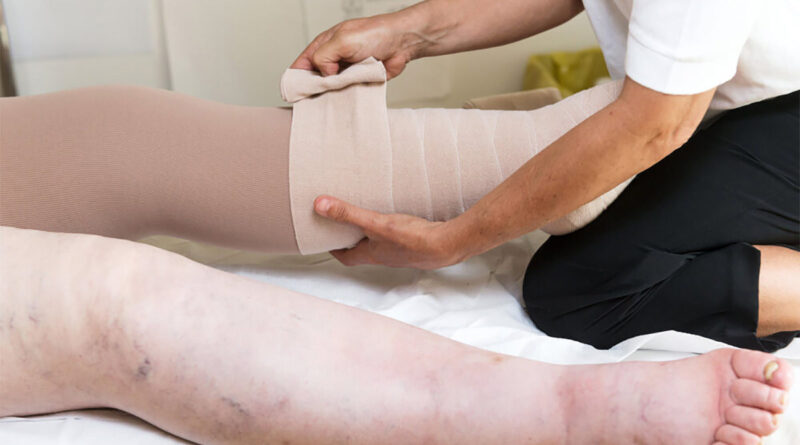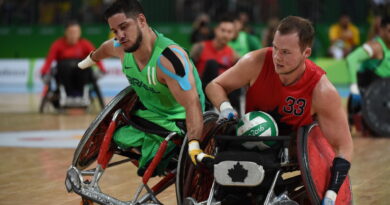Symptoms, Causes, and Treatment for Hemiparesis
Self-care is a broad debate that requires in-deep research. Everyone is also entitled to better healthcare access. Unfortunately, some sickness symptoms need special treatment, which private health institutions can best offer.
Hemiparesis is a common disease experienced by most people, though there have been many misconceptions about it. Worry no more! Thanks to this article, you will find the key pointers to the symptoms, causes, and treatment for Hemiparesis.
What Are the Symptoms of Hemiparesis?
Hemiparesis is a body disorder effects commonly experienced after stroke, which weakens one side of the body. The weakness on one side of body limits the patient’s movement and other essential activities like eating and dressing.
There has been confusion in differentiating between Hemiplegia and Hemiparesis, but they are both experienced by stroke survivors. Hemiplegia cases are different since the patients struggle to move, leading to bladder control, breathing, swallowing trouble, and speaking.
The most commonly known symptoms are trouble standing, maintaining balance, or walking. In addition, one can experience a rumbling or tingling on their weak sides. On other occasions, a hemiparesis patient can have difficulty grabbing or moving things with precision. This condition can further be combined with a lack of muscle fatigue or coordination.
The weakened side of the body caused by Hemiparesis can be on the same side that has experienced the brain injury(ipsilateral) or on the opposite side of the brain injury(contralateral). Therefore, a stroke on the right side of the brain will weaken either side of your body, left or right.
What Causes Hemiparesis?
What are the significant causes of Hemiparesis? First, throughout a stroke, some parts of an individual lack sufficient oxygen supply, making cells die. If the same parts are linked to the individual’s body movement and strength, their damages cause Hemiparesis.
Your body side weakened by stroke can be determined by a specific part of your brain affected. For instance, if the stroke affects the left side of your brain, your left body side may have weak muscles. Such a condition is termed as ipsilateral. However, the condition may occur on the opposite side of your injury, contralateral.
How is Hemiparesis Treated?
Is it possible to treat Hemiparesis? How effective is it? The availability of technology has made things easier in our modern healthcare industries. But, the good news to all Hemiparesis victims, the condition is treatable. In addition, the weakened body side can also regain some strength through the treatment.
Hemiparesis treatment can include two different techniques, namely, medical and nonmedical. Medical treatment is comprehensive and requires a whole medical team. Therefore, you will need to have a combination of physical, occupational, mental, and rehabilitation therapies for your treatment.
Following treatments can help you recover from Hemiparesis:
- Mental imagery
Did you know that your imagination trains your brain to succeed? For example, imagine winning a racing competition or striving to improve your presentation performance. Then, consider using the same tactic to treat Hemiparesis. For example, picturing yourself using the weaker side helps send nerve messages to the brain, signifying that your weaker side has gained strength.
A past review of studies on Hemiparesis mental surgery discovered that this treatment could effectively gain arms strength, adding the addition of conventional therapy makes it more effective. Unfortunately, the mental surgery was less effective in gait strength gain.
- Electrical stimulation
During this treatment method, tiny electrical pads are positioned on the weak muscles of your affected body side. An electrical charge sent to your body helps to ensure that your muscles contract. You can also use some of the machines at home upon knowing how to use them.
- Cortical stimulation
The cortical stimulation treatment method is similar to electrical stimulation, and only that electric current is directly sent to your more rigid membrane (dura) covering your brain. Although your brain will be subjected to this current situation, consider rehabilitation exercises.
- Modified constraint-induced movement therapy (mCIMT)
This treatment method forces you to use your weaker side of the body. Your exposure to regular practice helps to improve your nerve function in the region. In addition, mCIT methods work effectively with therapy combinations.
Wrapping Up
The journey to your well-being will be determined by the efforts you are willing to take. Therefore, promptly contact your doctor for more medical checkups when you notice some of the above symptoms.




